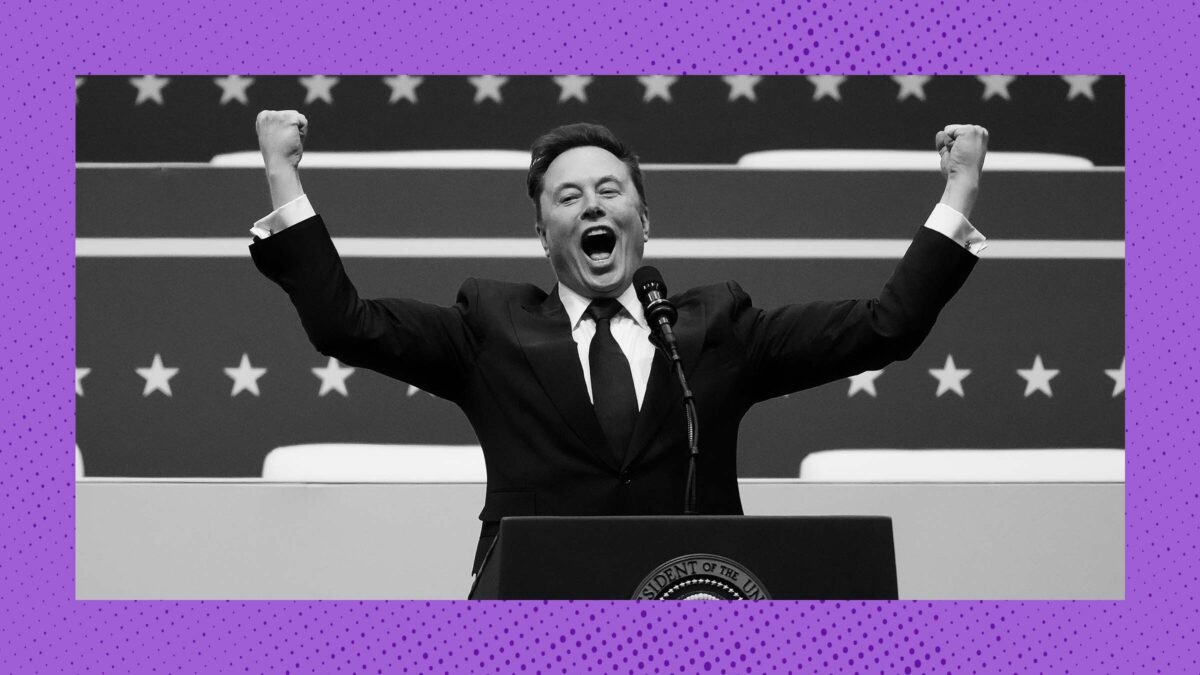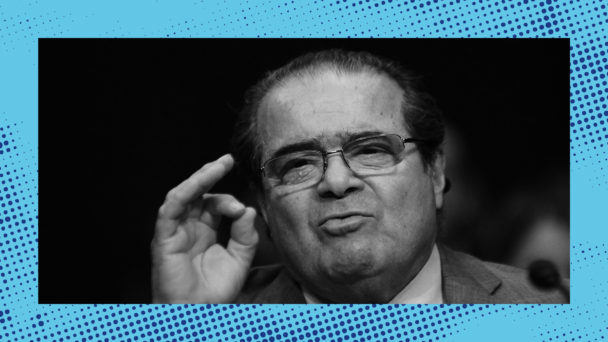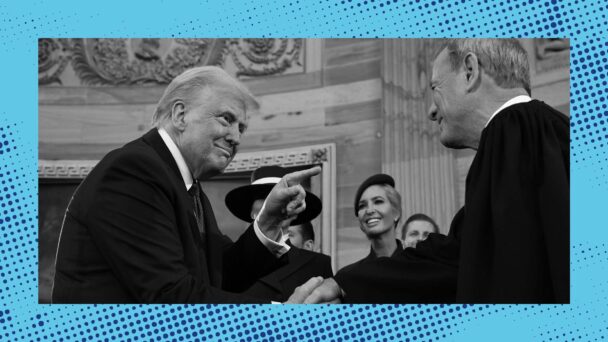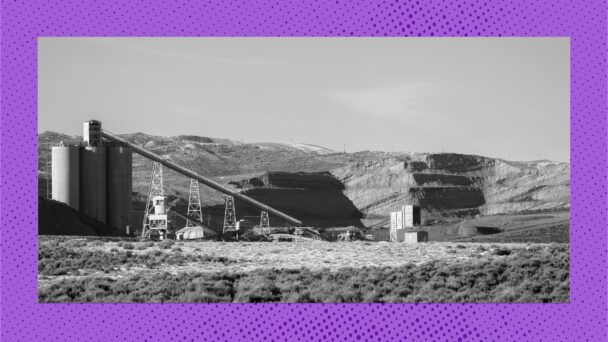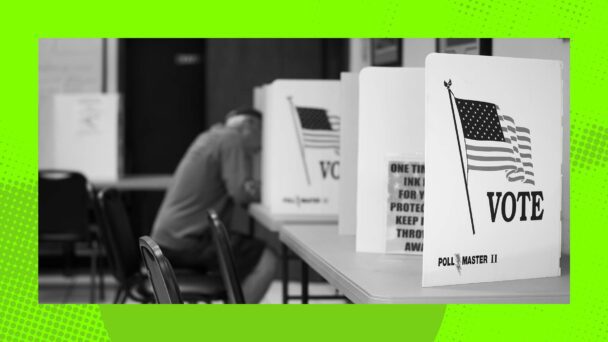Just before Labor Day, the Fifth Circuit Court of Appeals set the stage for what may be the most consequential labor law confrontation in a generation. In its opinion in SpaceX v. National Labor Relations Board, the Texas-based federal appeals court—long a favorite venue for conservative legal strategists and corporate defendants—advanced Elon Musk’s lawyers’ argument that the NLRB, which Congress created in 1935 to safeguard workers’ rights to organize and bargain collectively, is itself unconstitutional.
The Fifth Circuit’s opinion embraced the “unitary executive” theory, which asserts that the Constitution gives the president unfettered power to remove any executive officer, thus nullifying the for-cause removal protections that Congress created for members of the NLRB. This result, practically speaking, nullifies the NLRB’s independent authority and amounts to a corporate veto over a century of labor law.
The ruling in SpaceX affirmed a lower court injunction preventing the NLRB from taking action while litigation continues, and is not a final determination of the constitutional question. But the effects of this ruling have already been chilling. In the states covered by the Fifth Circuit—Texas, Louisiana, and Mississippi—workers who experience retaliation for union activity now find themselves with no clear legal recourse, as the court’s injunction has effectively frozen the operations of the NLRB’s regional offices in those states. Case processing has halted; charges of unfair labor practices sit in limbo.
Yet even as the ink dried on the decision, the labor movement refused to concede defeat. “It’s not over until it’s over,” one organizer told me—a refrain that has become the rallying cry among unions determined to fight on despite the paralysis of their primary enforcement agency.
The NLRB has long been a target of conservative hostility, but the renewed offensive took shape early in President Donald Trump’s second term: Within weeks of taking office, Trump had fired Gwynne Wilcox from her position on the Board, along with Jennifer Abruzzo, the NLRB’s general counsel. The firings were part of the administration’s broader strategy to test the limits of the removal protections Congress built into many independent agencies—an effort to bring the NLRB under direct presidential control.
The case started back in early 2024, when a regional NLRB office filed a complaint accusing SpaceX of illegally firing eight workers who had circulated an open letter criticizing Musk’s “toxic” workplace culture and erratic public behavior. Instead of responding to the charges through the agency’s established legal process—which involves an investigation, an administrative hearing, and potential review by the full Board—SpaceX sued the NLRB itself in federal court. Its argument was radical but simple: Because the Board’s members and administrative law judges cannot be removed by the president at will, their enforcement actions violate the Constitution.
That argument quickly gained traction among a who’s who of corporate America, as Starbucks, Amazon, Trader Joe’s, and other companies embroiled in union battles filed briefs or made public statements echoing SpaceX’s claims. By the time the Fifth Circuit issued its decision, three cases—those involving SpaceX, the energy giant Energy Transfer, and the social services platform Aunt Bertha—had been consolidated into a single attack on the NLRB’s legitimacy.
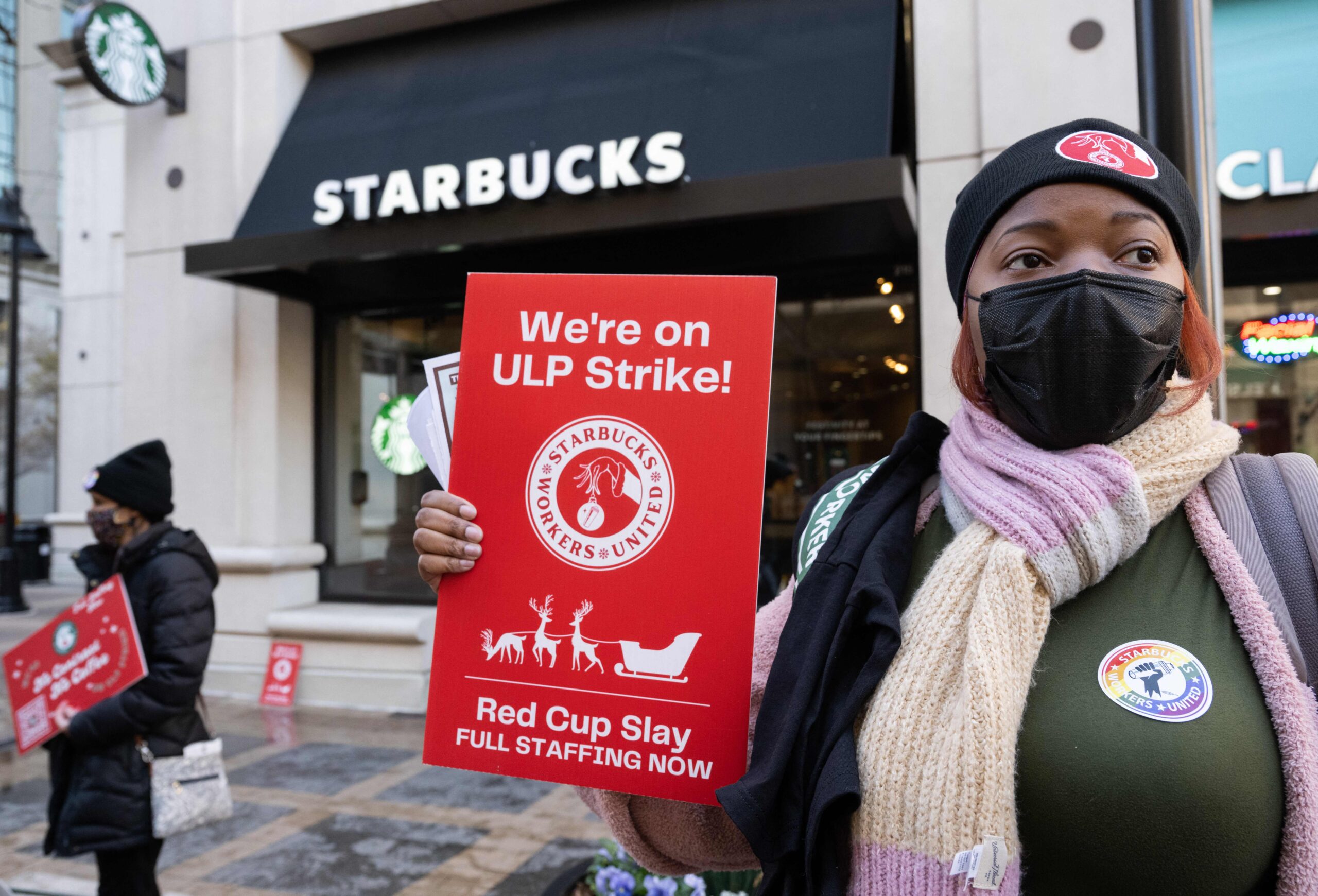
(Photo by SAUL LOEB/AFP via Getty Images)
In August, a three-judge Fifth Circuit panel sided with the employers, holding that they were likely to prove the NLRB’s structure unconstitutional. The court concluded that forcing companies to “submit to agency prosecutions” inflicts a constitutional injury in itself—a theory that would allow any employer accused of violating labor law to halt proceedings before they begin. With that opinion, the Fifth Circuit became the first federal appeals court to endorse the idea that the NLRB’s very existence might offend the separation of powers.
The decision paralyzed the NLRB’s regional operations across much of the South. The agency’s Region 16 office, which covers Texas, saw its caseload effectively frozen: No new complaints could proceed to hearing, and no reinstatement orders could be issued. The government shutdown made things worse, resulting in a complete, nationwide freeze of unfair labor practice claims and new union elections. (The NLRB isn’t even updating its website.) For workers who had been fired for organizing, the message was clear: The law is no longer on their side.
And yet, in a striking act of defiance, union attorneys continued to file charges at roughly the same pace as in prior years. One especially creative effort came from Bricklayers Local 6, whose lawyers argued that even under the Fifth Circuit’s reasoning, the Board’s only remaining member, David Prouty, a former labor lawyer, could adjudicate cases on his own, “quorum or no quorum.” The filing was part legal argument, part protest, daring the court to explain why workers should be stripped of their rights by judicial fiat.
Then, in October 2025, the Fifth Circuit took another shot at the NLRB, denying the Office and Professional Employees International Union’s motion to intervene and appeal the Fifth Circuit’s August ruling to the Supreme Court. After the NLRB declined to seek review, effectively accepting the Fifth Circuit’s decision that it should not exist, the OPEIU argued that it had a vital interest in defending the Board’s authority because the ruling undermined its members’ ability to organize. But the Fifth Circuit rejected the union’s plea, calling the case “not exceptional” enough to justify intervention. The denial left no procedural path for workers or their representatives to seek Supreme Court review.
In practical terms, this means that absent congressional or executive action, the Fifth Circuit’s vision of a toothless NLRB will stand, at least for now. In these states, the rights to organize your workplace, to talk about your wages, and to walk out of an unsafe environment are without a federal venue in which they can be enforced, turning every unfair labor practice into a matter of raw power. And if the Supreme Court eventually affirms the Fifth Circuit’s reasoning, every agency that relies on independent decisionmakers could face similar challenges. What began as a labor dispute at SpaceX has thus metastasized into a full-blown constitutional crisis over the administrative state itself.
The loss of the NLRB would not end the labor movement by any means. Unions have already begun taking their cases before state-level labor relations boards, using the standard court system for contract enforcement, and even diving into the history of the American labor movement to see how organized labor met organized capital before the New Deal tried to rein it in. But the Fifth Circuit’s actions still matter, because they are forcing many workers to fight with one hand tied behind their backs.
